In an American desert town circa 1955, the itinerary of a Junior Stargazer/Space Cadet convention is spectacularly disrupted by world-changing events. Wes Anderson’s Asteroid City is a visually stunning and […]

In an American desert town circa 1955, the itinerary of a Junior Stargazer/Space Cadet convention is spectacularly disrupted by world-changing events. Wes Anderson’s Asteroid City is a visually stunning and […]
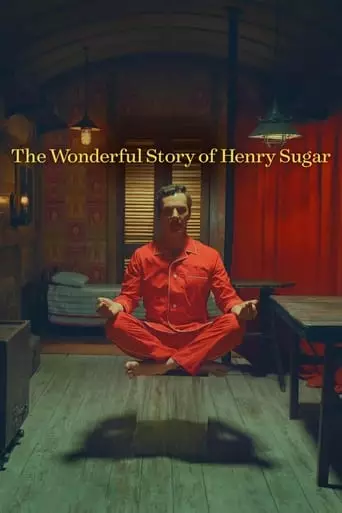
A rich man learns about a guru who can see without using his eyes. He sets out to master the skill in order to cheat at gambling. The Wonderful Story […]
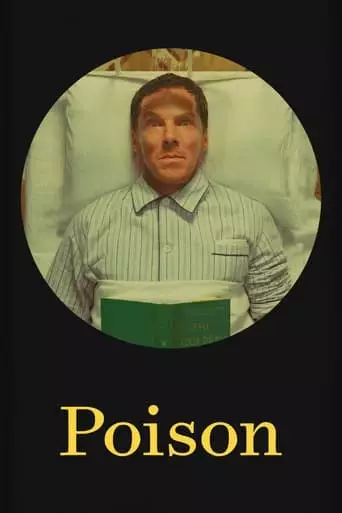
When a poisonous snake slithers onto an Englishman’s stomach in India, his associate and a doctor race to save him.

In the future, an outbreak of canine flu leads the mayor of a Japanese city to banish all dogs to an island used as a garbage dump. The outcasts must […]

In a Paris hotel room, Jack Whitman lies on a bed. His phone rings; it’s a woman on her way to see him, a surprise. She arrives and the complications […]

Upon his release from a mental hospital following a nervous breakdown, the directionless Anthony joins his friend Dignan, who seems far less sane than the former. Dignan has hatched a […]
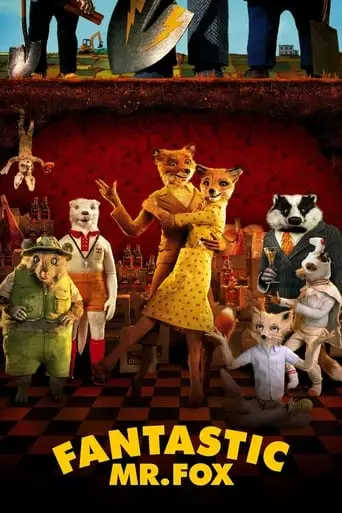
The Fantastic Mr. Fox, bored with his current life, plans a heist against the three local farmers. The farmers, tired of sharing their chickens with the sly fox, seek revenge […]
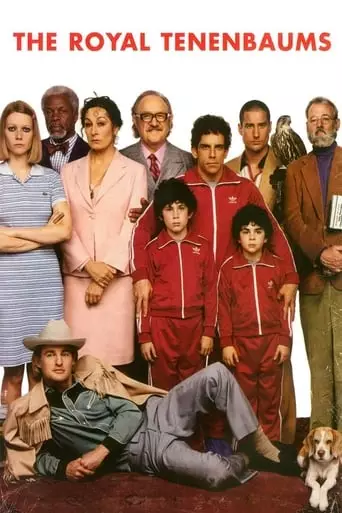
Royal Tenenbaum and his wife Etheline had three children and then they separated. All three children are extraordinary — all geniuses. Virtually all memory of the brilliance of the young […]
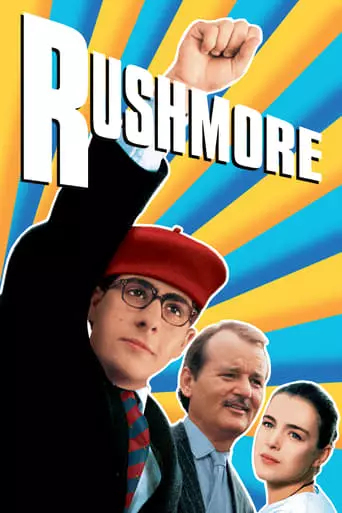
When a beautiful first-grade teacher arrives at a prep school, she soon attracts the attention of an ambitious teenager named Max, who quickly falls in love with her. Max turns […]
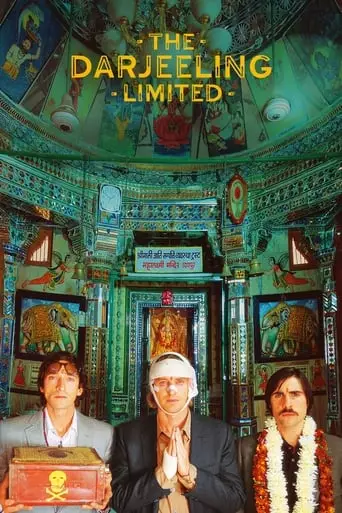
Three American brothers who have not spoken to each other in a year set off on a train voyage across India with a plan to find themselves and bond with […]
Wes Anderson: The Architect of Whimsy and Visual Storytelling
Wes Anderson is one of the most distinctive voices in contemporary cinema, known for his meticulously crafted films that blend eccentric characters, symmetrical compositions, and a playful yet deeply emotional exploration of human relationships. From The Royal Tenenbaums (2001) to The Grand Budapest Hotel (2014) and Isle of Dogs (2018), Anderson has cultivated a unique cinematic language that feels like a colorful, dreamlike world, full of idiosyncratic detail and offbeat humor. His films have become synonymous with a visual and narrative style that is instantly recognizable and deeply beloved by audiences and critics alike.
Early Life and Career Beginnings
Wes Anderson was born on May 1, 1969, in Houston, Texas, to a family of architects. His upbringing in a creative environment, along with an early interest in film, set the stage for his future as a director. Anderson attended the University of Texas at Austin, where he studied philosophy and film. It was during his time there that he met future collaborators, including screenwriter Owen Wilson, with whom he would develop his early projects.
Anderson’s first foray into filmmaking was the short film Bottle Rocket (1994), which he co-wrote with Owen Wilson and starred him and his brother Luke Wilson. Though it was a modest success, it caught the attention of Hollywood, leading to Anderson’s feature-length debut.
Breakthrough: Bottle Rocket (1996)
Bottle Rocket marked the beginning of Anderson’s signature style: quirky characters, offbeat humor, and a sense of nostalgia mixed with deep pathos. The film follows three friends (played by the Wilson brothers and Robert Musgrave) who embark on a series of petty crimes, but its focus is more on their eccentric personalities and dreams of grandeur than on the plot itself.
Though the film wasn’t initially a box-office hit, it became a cult favorite, thanks to its unique tone and distinct aesthetic. Anderson’s use of symmetrical compositions, bright color palettes, and clever dialogue started to take shape, signaling the emergence of a director with a unique voice.
Defining Style and Thematic Exploration
Wes Anderson’s films are characterized by several key elements that have become his signature:
Symmetry and Visual Composition: Anderson’s films are known for their highly stylized and symmetrical framing, where every element of the shot is carefully arranged to create a balanced, almost architectural composition. This precise attention to detail has become one of his trademarks.
Color Palette: A signature use of bright, pastel colors, with contrasting shades, creates a visually rich and often surreal atmosphere in Anderson’s films. His films often feel like moving works of art.
Eccentric Characters: Anderson’s protagonists are often odd, flawed, and deeply human. These characters are typically driven by their own peculiar obsessions and idiosyncrasies, making them instantly memorable.
Nostalgia and Melancholy: While his films often exude a playful, whimsical tone, there’s an underlying sense of melancholy. Anderson frequently explores themes of family dysfunction, lost innocence, and the passage of time.
Quirky, Deadpan Humor: Anderson’s scripts are laced with dry, offbeat humor, often delivered in a deadpan manner by his ensemble casts.
Major Works and Key Films
Rushmore (1998)
Following the success of Bottle Rocket, Anderson released Rushmore, which cemented his status as a rising star in cinema. The film stars Jason Schwartzman as Max Fischer, a precocious high school student who forms an unlikely friendship with a rich industrialist (Bill Murray). The film explores themes of ambition, adolescence, and unrequited love, all set against the backdrop of a quirky prep school. Rushmore marked the beginning of Anderson’s collaboration with Murray, who would become a regular in his films.
The Royal Tenenbaums (2001)
The Royal Tenenbaums is widely considered one of Anderson’s masterpieces. The film tells the story of the dysfunctional Tenenbaum family, with an all-star cast that includes Gene Hackman, Gwyneth Paltrow, Ben Stiller, and Luke Wilson. With its deeply melancholic exploration of family relationships, lost potential, and the effects of emotional neglect, The Royal Tenenbaums remains one of Anderson’s most beloved films. The film’s use of narration, colorful aesthetic, and ensemble cast set the tone for much of his later work.
The Life Aquatic with Steve Zissou (2004)
In The Life Aquatic with Steve Zissou, Anderson takes his whimsical sensibilities to the high seas, with Bill Murray playing the eccentric oceanographer Steve Zissou. The film blends absurdity, tragedy, and humor, following Zissou’s attempt to exact revenge on a mythical shark. While not a commercial success, the film developed a dedicated following for its unique visual style and surreal humor.
The Darjeeling Limited (2007)
This film follows three brothers (played by Owen Wilson, Adrien Brody, and Jason Schwartzman) on a train journey through India, trying to reconcile their relationships and come to terms with the death of their father. Like much of Anderson’s work, the film combines moments of absurd humor with poignant emotional depth.
Fantastic Mr. Fox (2009)
In Fantastic Mr. Fox, Anderson turned to stop-motion animation to bring Roald Dahl’s beloved story to life. The film follows the titular Mr. Fox (voiced by George Clooney) as he attempts to outwit three wealthy farmers. The film was widely praised for its visual inventiveness, wit, and charm, and marked a shift toward more family-oriented fare for Anderson.
Moonrise Kingdom (2012)
Moonrise Kingdom tells the story of two young lovers who run away together, sparking a search by the local authorities and their families. Set in the 1960s, the film exudes nostalgia for youth, love, and adventure, while still exploring deeper themes of isolation and the complexities of relationships. Its distinct visual style, quirky humor, and heartfelt emotion made it a critical and commercial success.
The Grand Budapest Hotel (2014)
The Grand Budapest Hotel is one of Anderson’s most ambitious and successful films. Set in a fictional Eastern European country, the film follows the adventures of a hotel concierge (Ralph Fiennes) and his protégé (Tony Revolori) as they become embroiled in a heist and a political conspiracy. The film’s rapid pacing, star-studded ensemble cast, and intricate visual design earned it widespread acclaim, along with several Academy Award nominations.
Isle of Dogs (2018)
Anderson returned to stop-motion animation with Isle of Dogs, a tale set in a dystopian future where dogs are exiled to an island due to a canine flu epidemic. The film, praised for its visual storytelling and social themes, combines Anderson’s love for whimsical adventures with a poignant commentary on isolation, loyalty, and the relationship between humans and animals.
Legacy and Influence
Wes Anderson has carved a unique niche for himself in the world of cinema, where his films are instantly identifiable by their style, humor, and deep emotional resonance. His work has influenced countless filmmakers, artists, and designers, inspiring a new wave of cinephiles who appreciate his distinctive approach to storytelling.
Anderson’s films have consistently achieved both critical and commercial success, allowing him to maintain creative control and continue experimenting with his distinctive visual and narrative style. His ability to blend the absurd with the poignant, the whimsical with the melancholic, makes his work universally appealing, while remaining deeply personal.
Conclusion
Wes Anderson’s films are a testament to the power of imagination and precision in filmmaking. His distinctive visual style, quirky characters, and blend of humor and pathos have made him one of the most celebrated directors of his generation. With each new project, Anderson continues to push the boundaries of storytelling, creating films that are as much about the world they create as the emotions they evoke. Whether in stop-motion animation, vibrant live-action, or surreal character studies, Wes Anderson’s cinema remains an ever-evolving exploration of art, identity, and the complexities of the human experience.